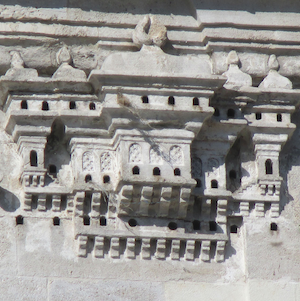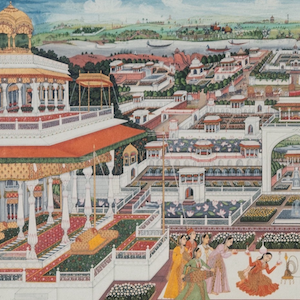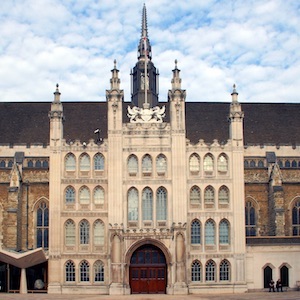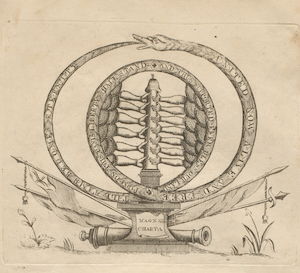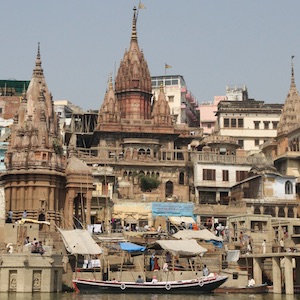Christiane Gruber Mosque and grove, ancient wall and garden, palace and courtyard, are full of song, of the cheerful sound of twittering and chirping; everywhere there is the rush of wings, everywhere the busy, active little lives go on.[1]—Edmondo de Amicis (1878) In Istanbul and further afield, a number of…
Like Hearts of Birds: Ottoman Avian Microarchitecture in the Eighteenth Century
